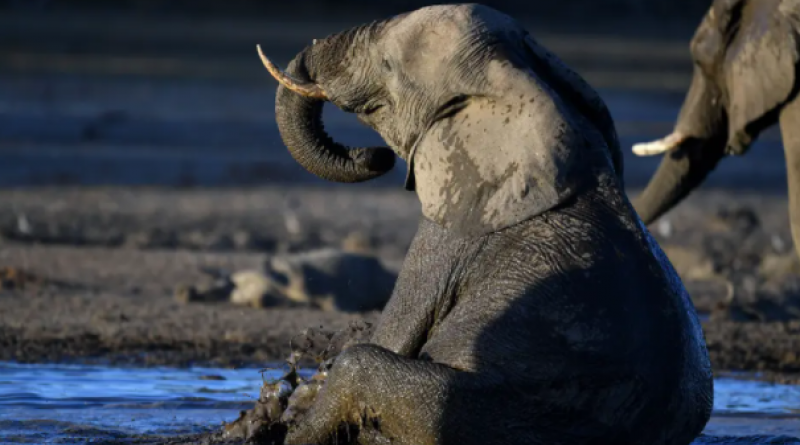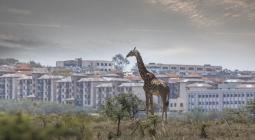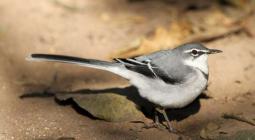Climate change could see elephants’ ears grow larger as animals ‘shape-shift’ to survive, study suggests

‘We’re not sure what the other ecological consequences of these changes are’, scientist warns
Climate change could be causing animals around the world to grow larger ears, beaks and tails, according to a new study, as our heating planet forces them to rapidly “shape-shift” in order to survive.
Decades of monitoring how animals are adapting to global warming has shown that, with a third of species possibly facing extinction, many are changing their breeding and migration patterns to avoid the new levels of heat and, in some cases, shrinking to better regulate their body temperatures.
In a phenomenon known as Allen’s Rule, animals in warmer climates tend to have larger appendages – such as ears, beaks, legs and tails – which they can use to dissipate heat.
While appendages often have fewer feathers or less fur than other parts of birds’ and animals’ bodies, they also have other advantages. For example, elephants can pump warm blood to their ears, which are filled with blood vessels, and flap them to disperse the heat. The larger the appendage, the more heat can be lost.
In new research, scientists report finding “widespread evidence” of changes in appendage size in response to global warming – “from the Arctic to tropical regions of Australia”.
Published in the Trends in Ecology and Evolution journal, the study saw scientists analyse museum records of animal body proportions and review long-term analyses of wild animals, which revealed numerous instances in which species’ appendages had grown rapidly over a short time.
While these instances of rapid “shape-shifting” have often previously been attributed to changes in habitat or diet, climate change is the “one unifying variable” which can explain why the changes are occurring in so many different species across the world, lead author Sara Ryding told VICE.
“A lot of the time when climate change is discussed in mainstream media, people are asking ‘can humans overcome this’, or ‘what technology can solve this’,” said Ms Ryding, a PhD student in ornithology at Australia’s Deakin University.
“It’s high time we recognised that animals also have to adapt to these changes, but this is occurring over a far shorter timescale than would have occurred through most of evolutionary time. The climate change that we have created is heaping a whole lot of pressure on them, and while some species will adapt, others will not.”
The increases in appendage size witnessed so far “are quite small” at less than 10 per cent and “are unlikely to be immediately noticeable”, Ms Ryding said.
“However, prominent appendages such as ears are predicted to increase – so we might end up with a live-action Dumbo in the not-so-distant future,” she added.
Most of the examples of shape-shifting the researchers found were in birds. For example, the beaks of two Australian parrots – gang-gang cockatoos and red-rumped parrots – have increased in size by between 4 and 10 per cent since since 1871.
The changes are already occurring in mammals too. For example, since 1950, masked shrews in Alaska have seen their tails and legs grow significantly since 1950, while great roundleaf bats’ wings have increased in size by 1.64 per cent.
The study also posited that increases in extreme weather events – increasingly shown to be a result of climate breakdown – could be contributing to some species’ rapid shape-shifting. The researchers pointed to the North American dark-eyed junco sparrow, whose bill size appeared to increase in relation to short-term temperature extremes.
The scientists hope that their research could help to predict which animals could be most susceptible to rapid appendage growth, and how this could impact their broader ecosystems.
“Shapeshifting does not mean that animals are coping with climate change and that all is ‘fine’,” Ms Ryding said.
“It just means they are evolving to survive it – but we’re not sure what the other ecological consequences of these changes are, or indeed that all species are capable of changing and surviving.”
8 September 2021
INDEPENDENT




